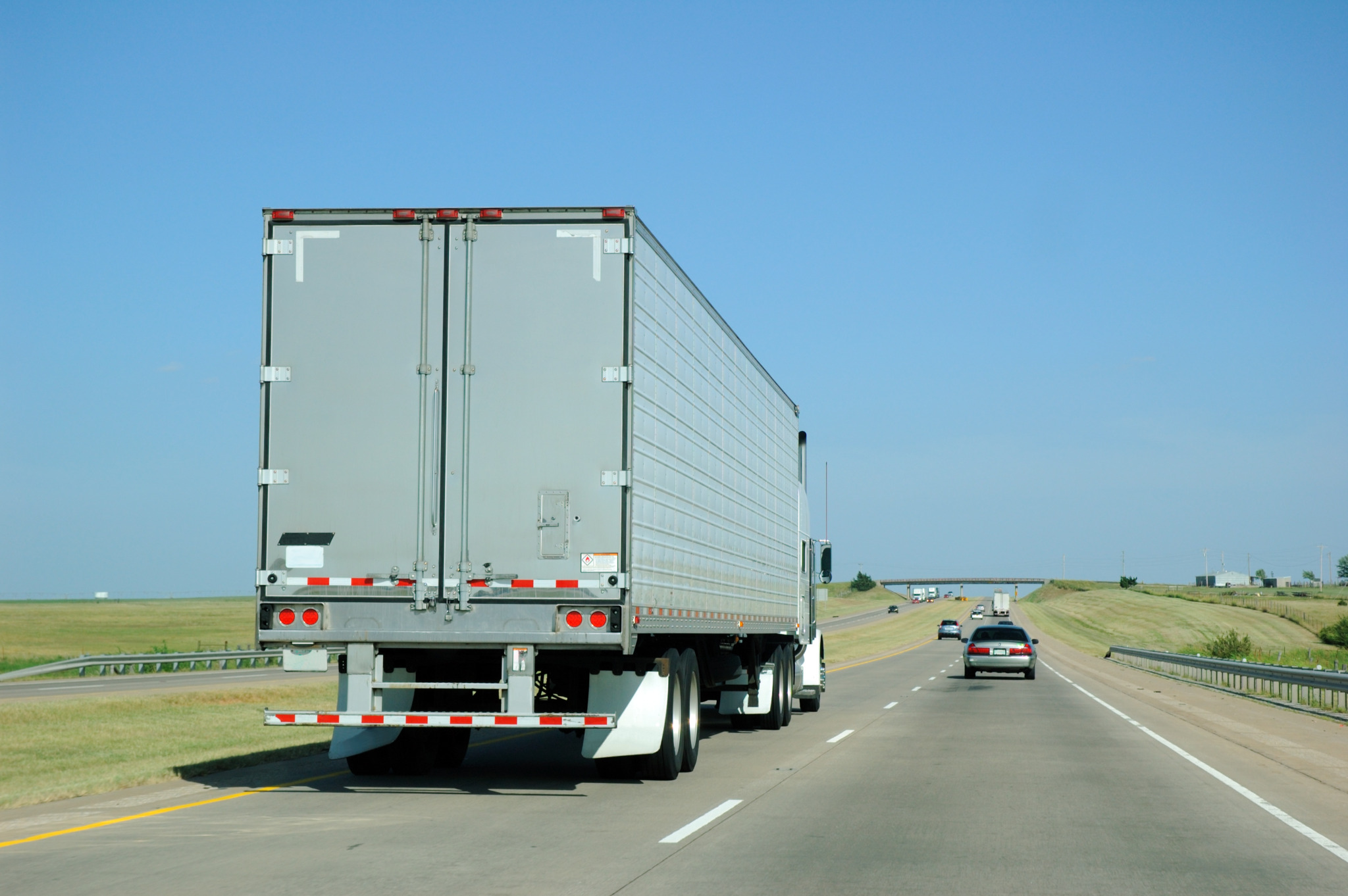Are standards for trailer underride guards strong enough?
Canadian regulators didn’t invent trailer underride guards, but they undoubtedly raised the bar.
Rules on this side of the border require the protective barriers to absorb about four times more energy than their U.S. counterparts. Even when proposing an update in 2015, the U.S. National Highway Traffic Safety Administration (NHTSA) largely mirrored numbers that Canada established in 2007.
Many trailers produced for the U.S. market essentially meet the Canadian standard anyway.
There isn’t much of a difference in cost. The U.S. Government Accountability Office (GAO) priced typical Canadian guards at $500 per trailer. Those built to U.S. rules were $229. As for weight, the northern rules led to devices running between 191 and 307 lb. The U.S.-specific guards would weigh 172 lb.
In the meantime, the Federal Motor Carrier Administration (FMCSA) is now considering whether the U.S. guards should be included in annual inspections, like they are in Canada and Mexico.
But while new U.S. rules remain in a legislative limbo, there are some questions about whether today’s regulations are tough enough on either side of the border.
The Insurance Institute for Highway Safety (IIHS) is calling for updates that would better protect passenger vehicle occupants when just a portion of a car’s width overlaps a trailer’s back end.
Nine manufacturers have already adopted its voluntary ToughGuard standards to meet the need, leading to a mixture of standard and optional equipment alike.
